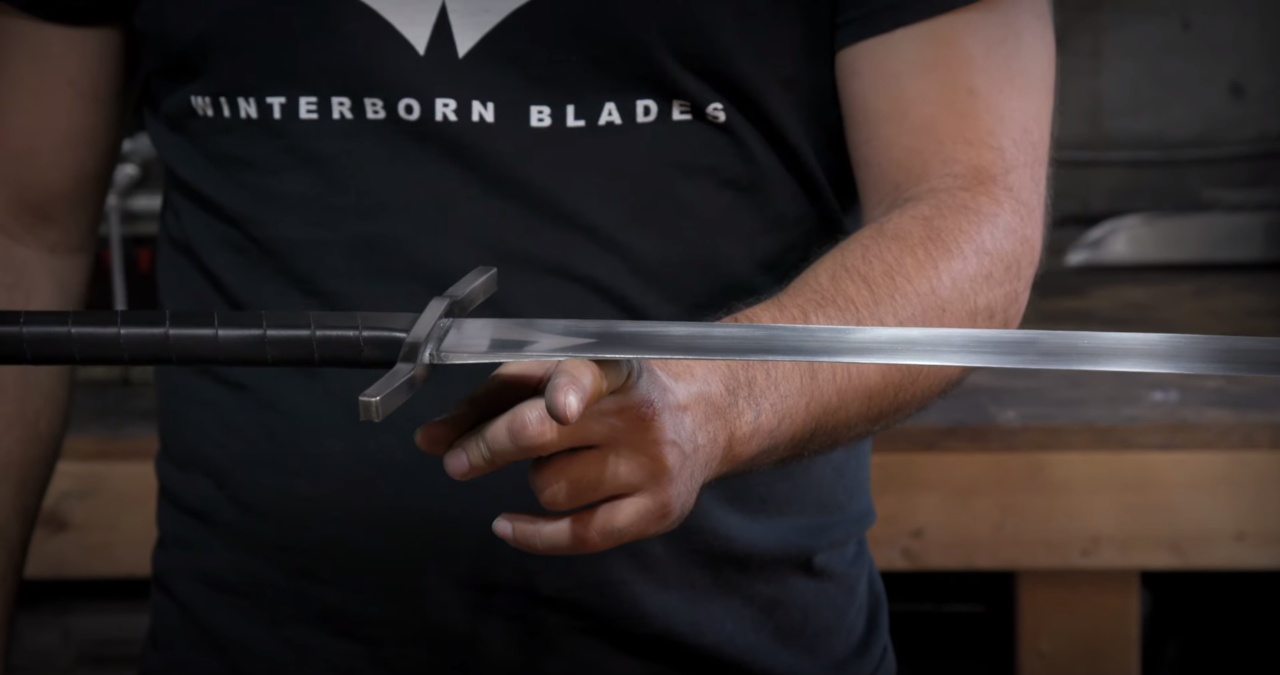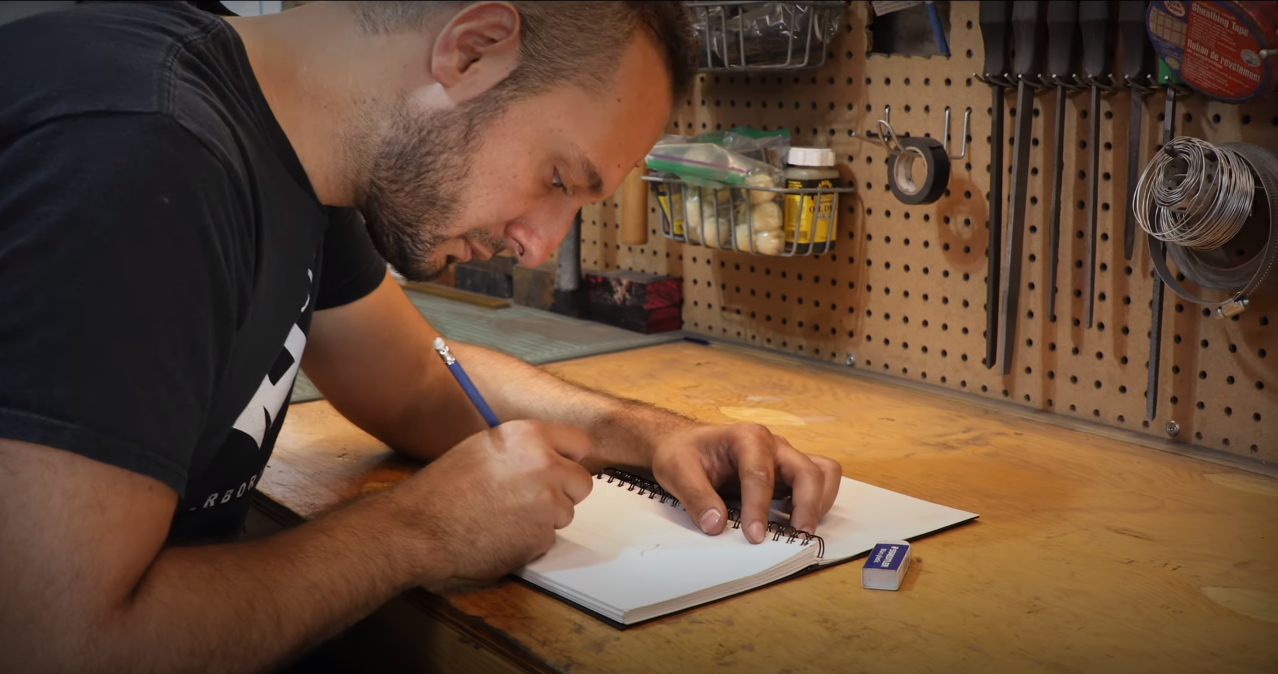
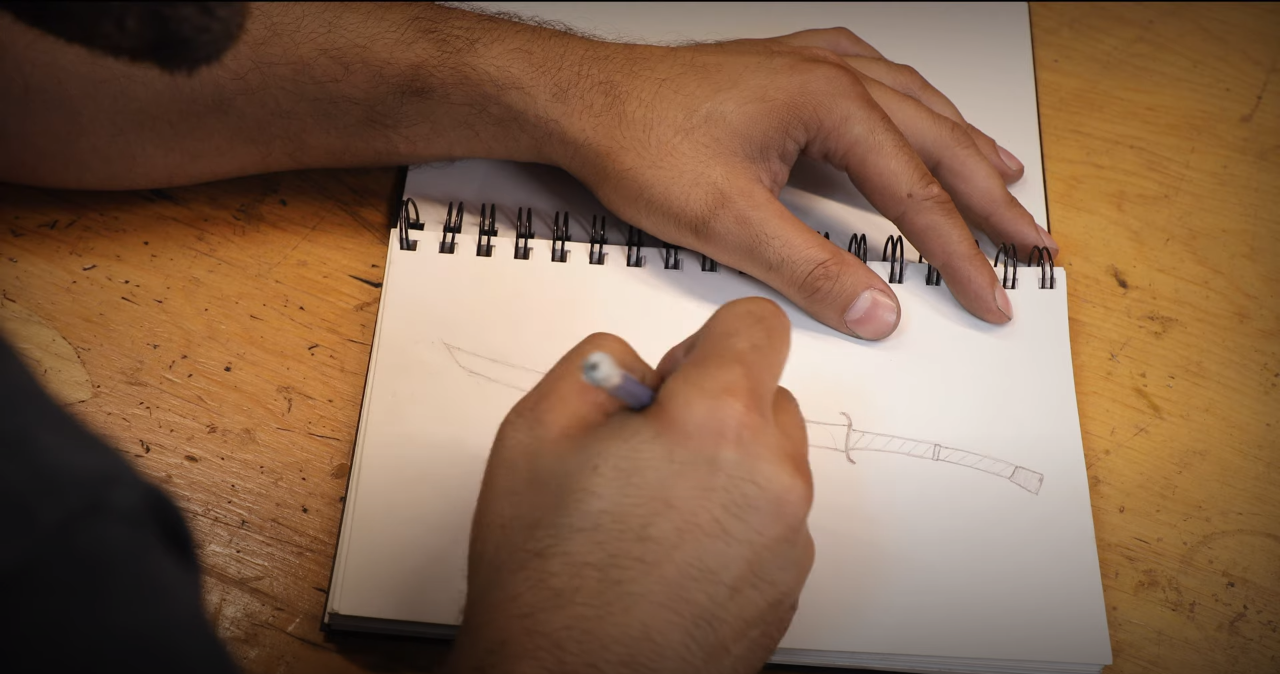
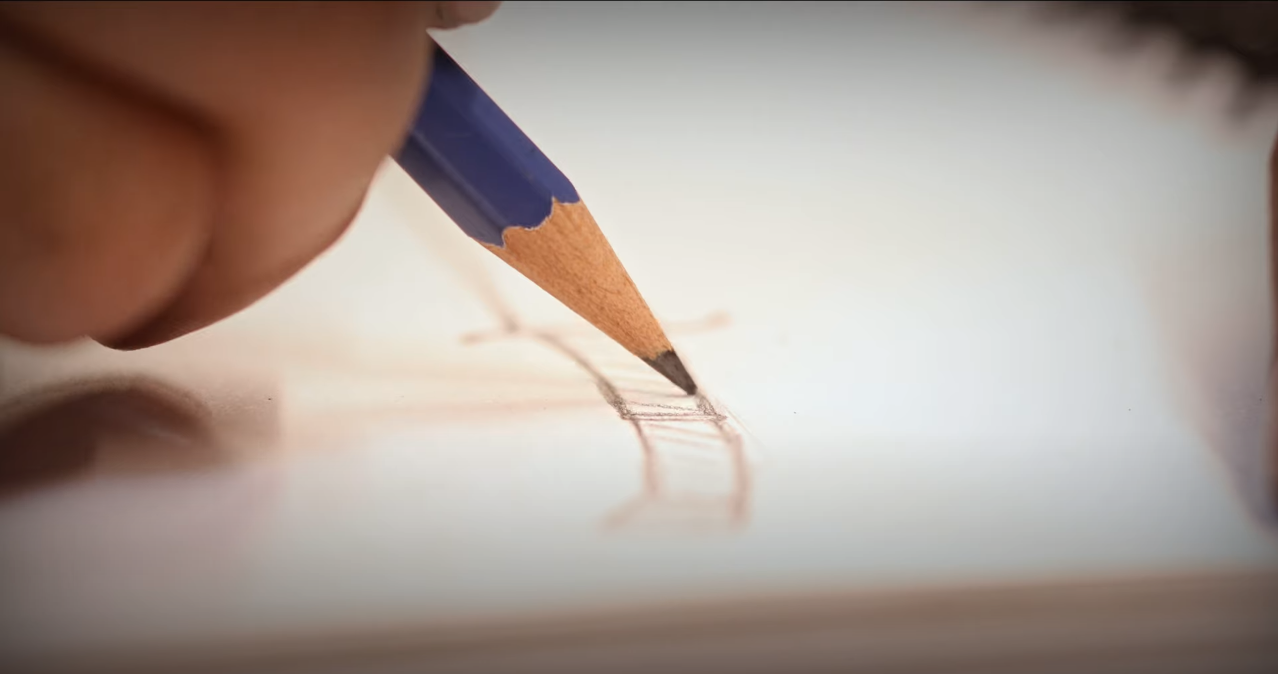
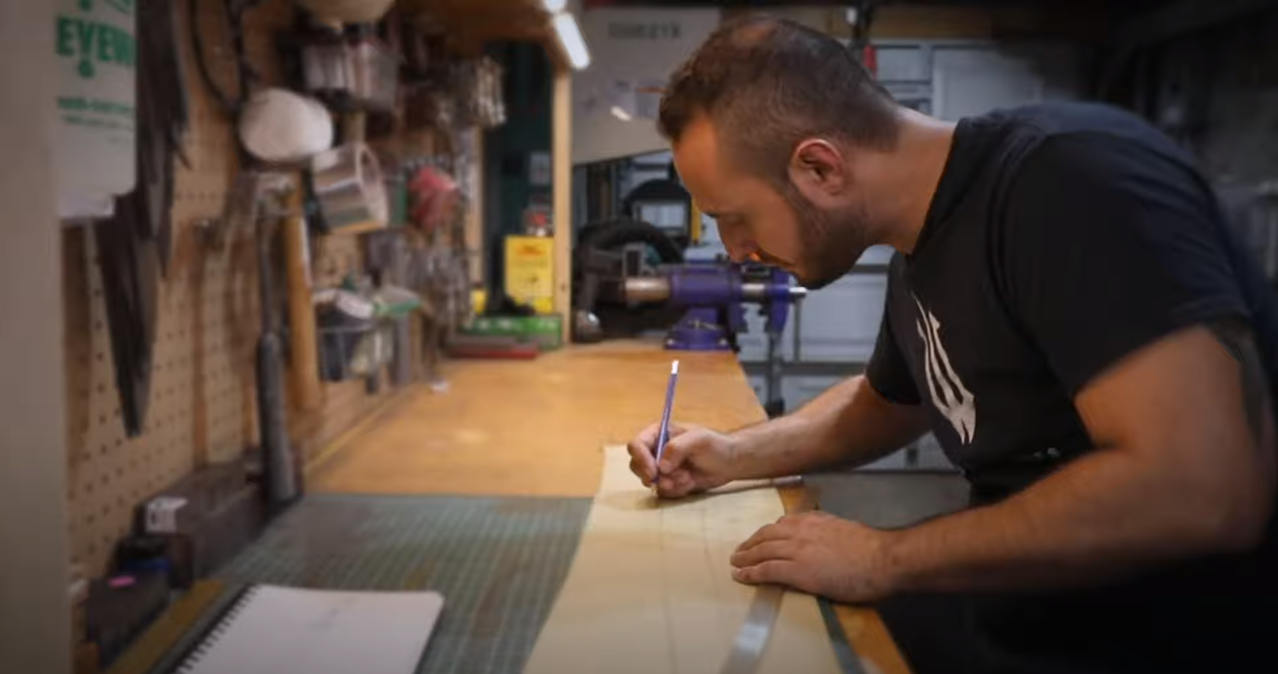
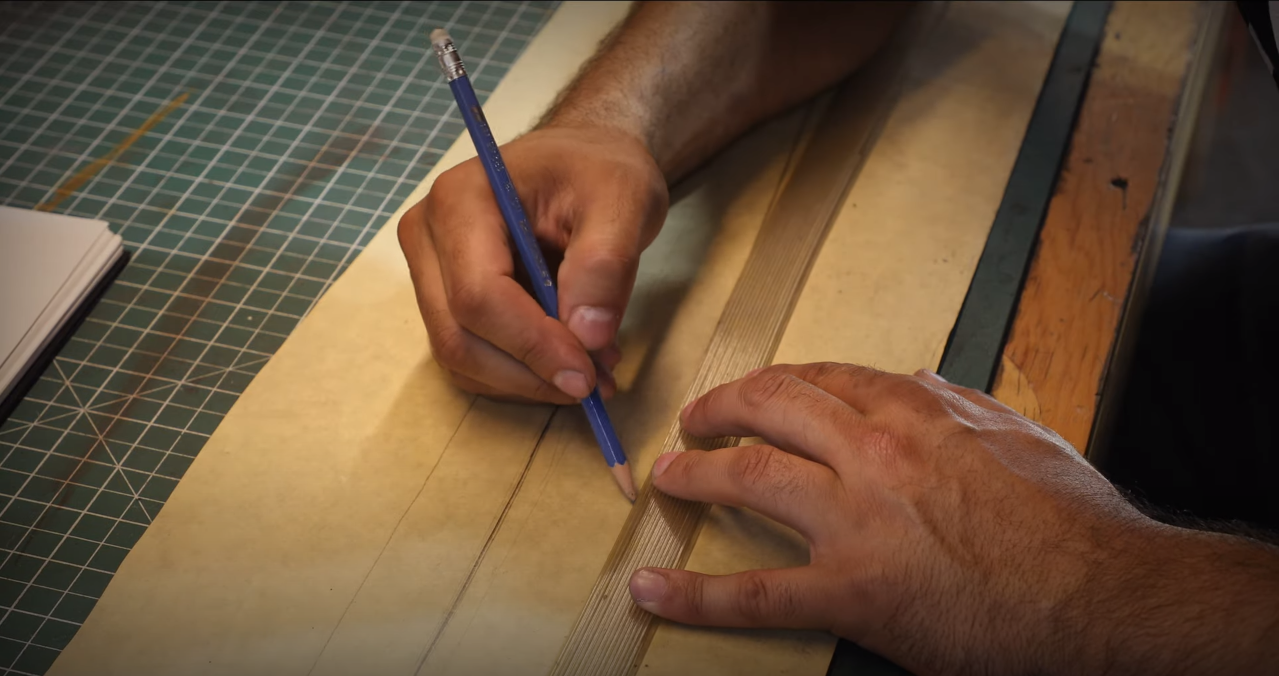
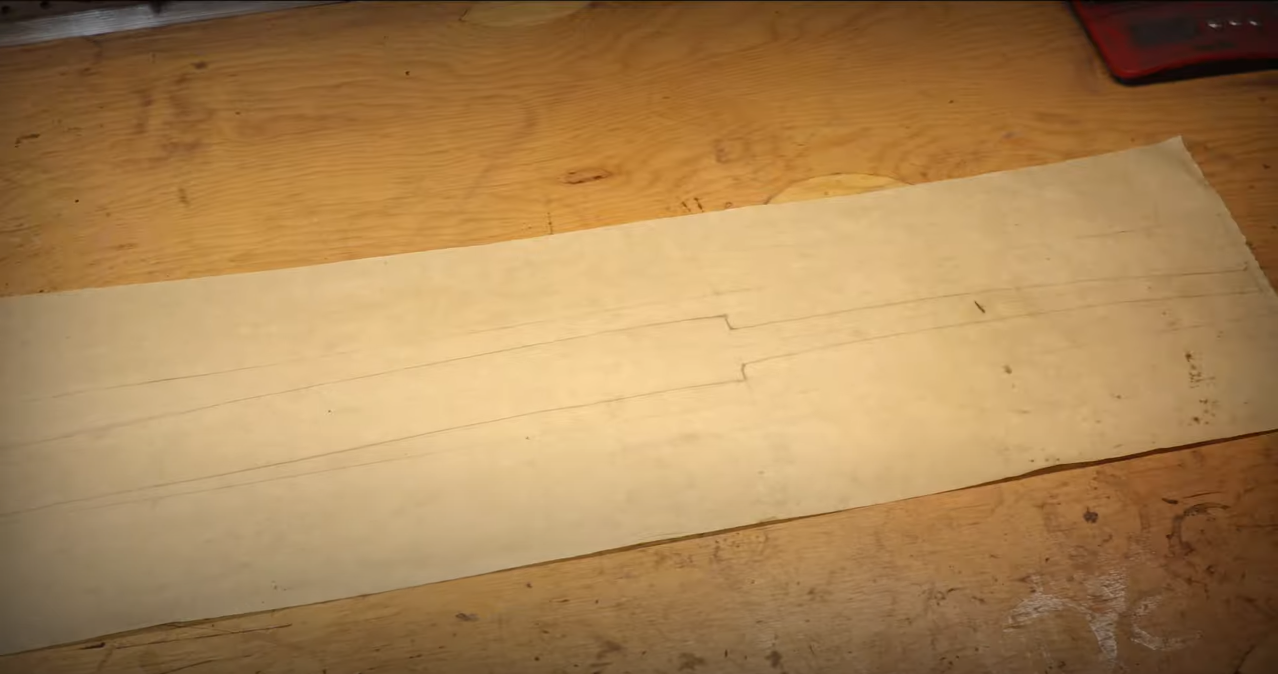

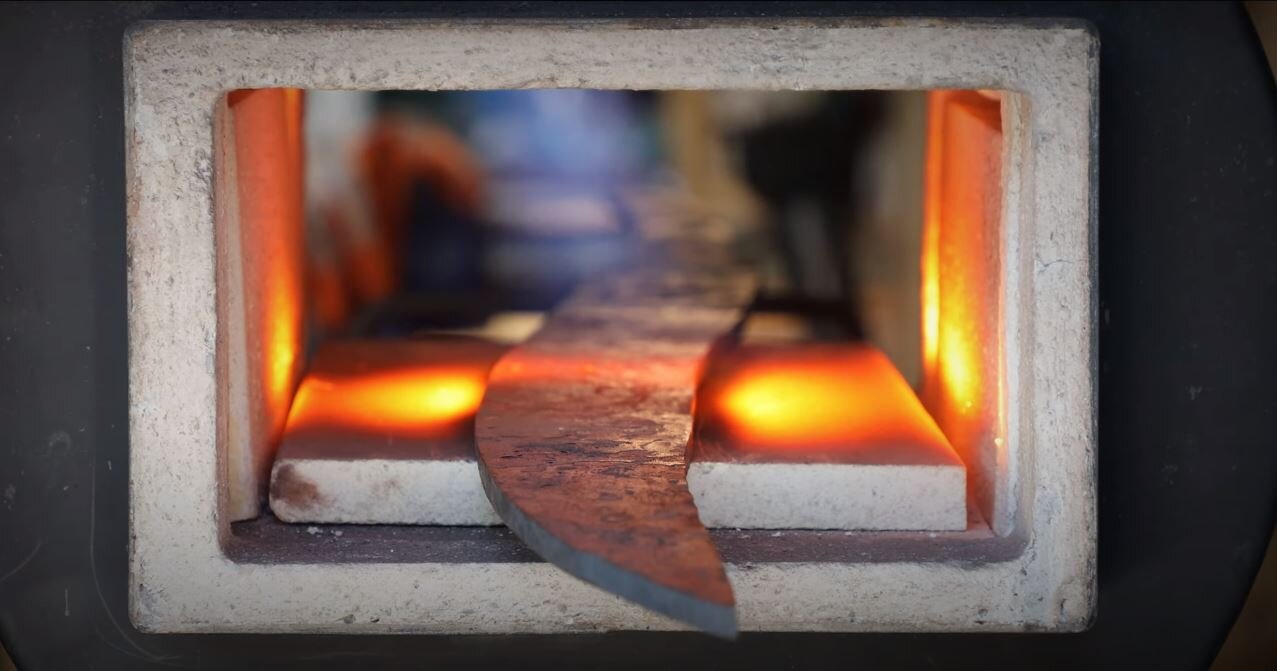
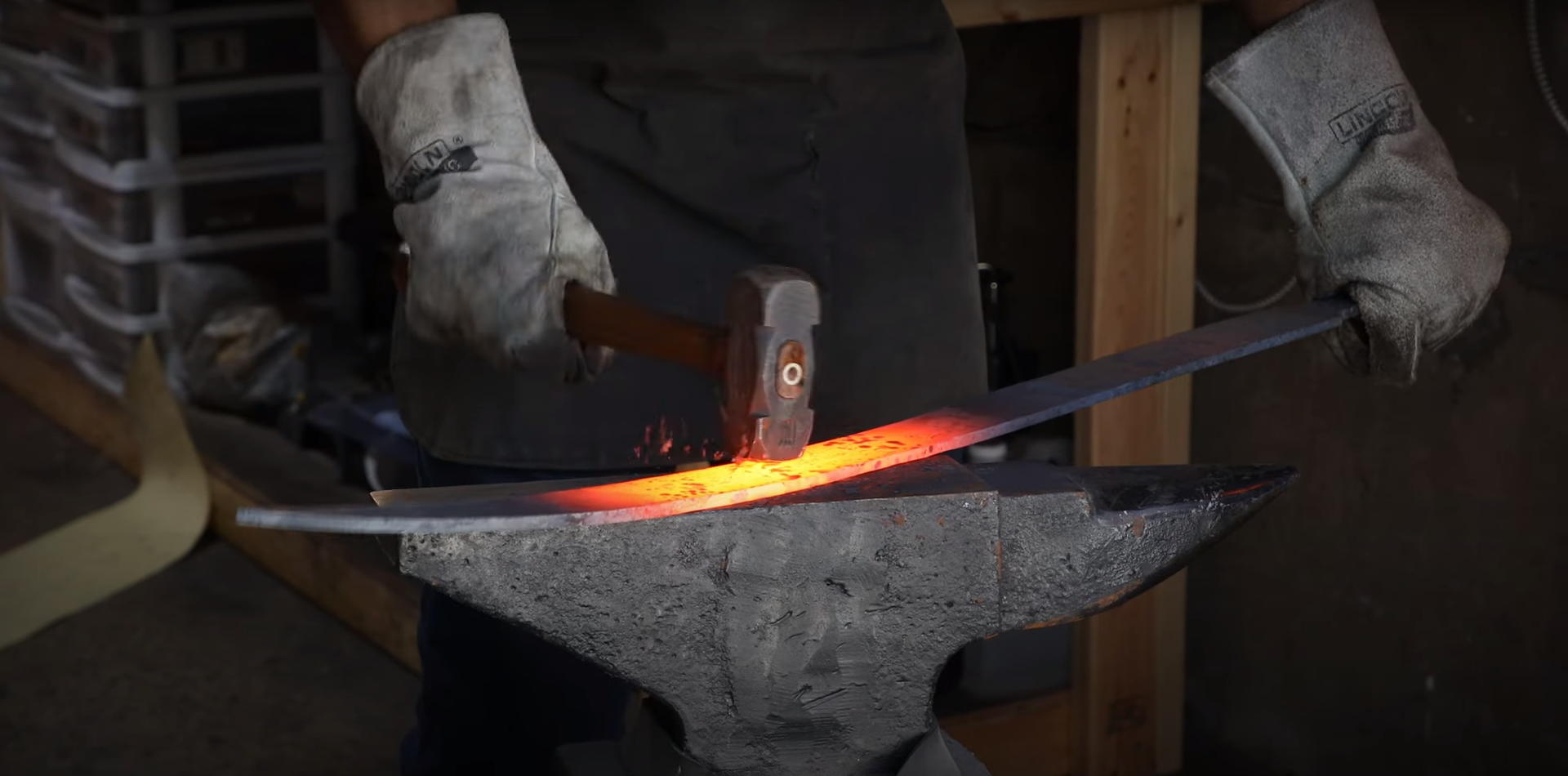
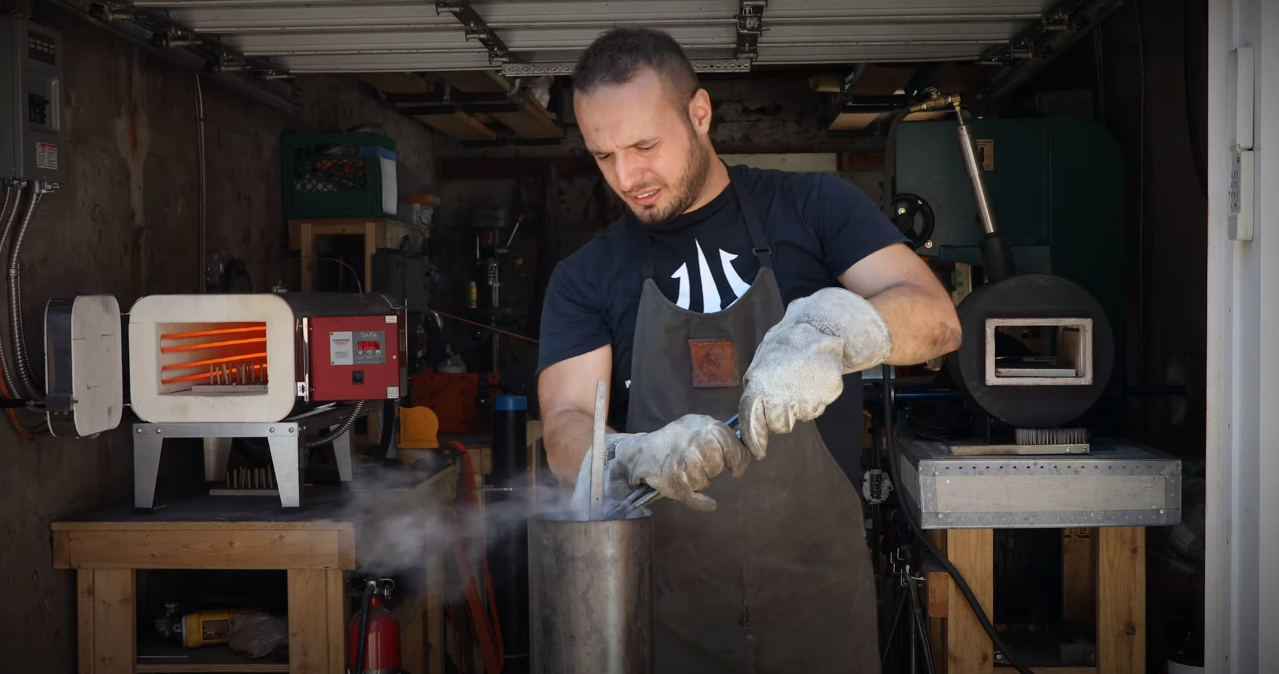
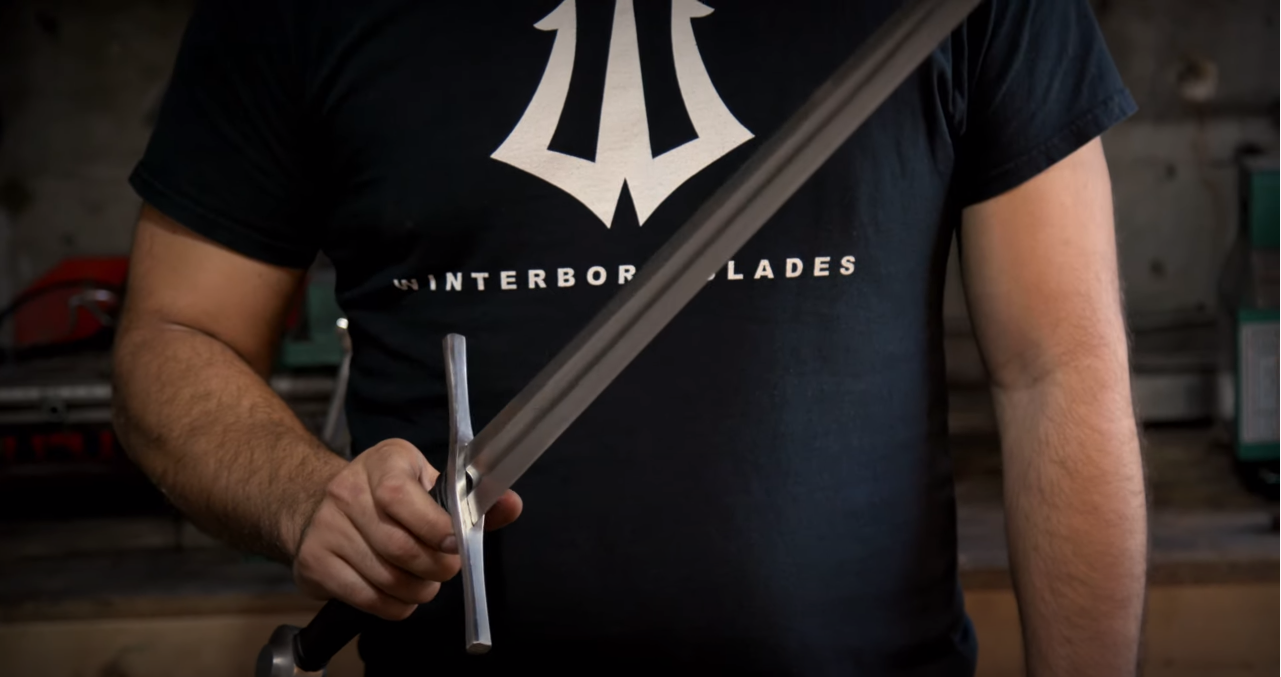
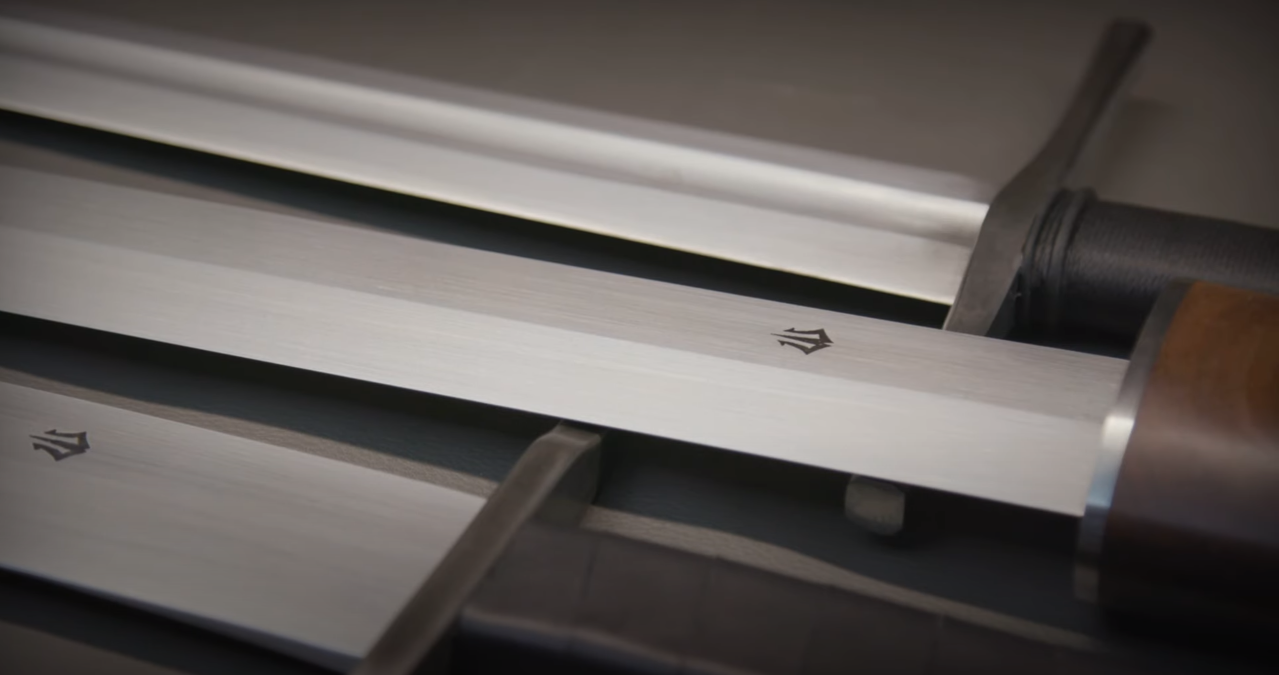
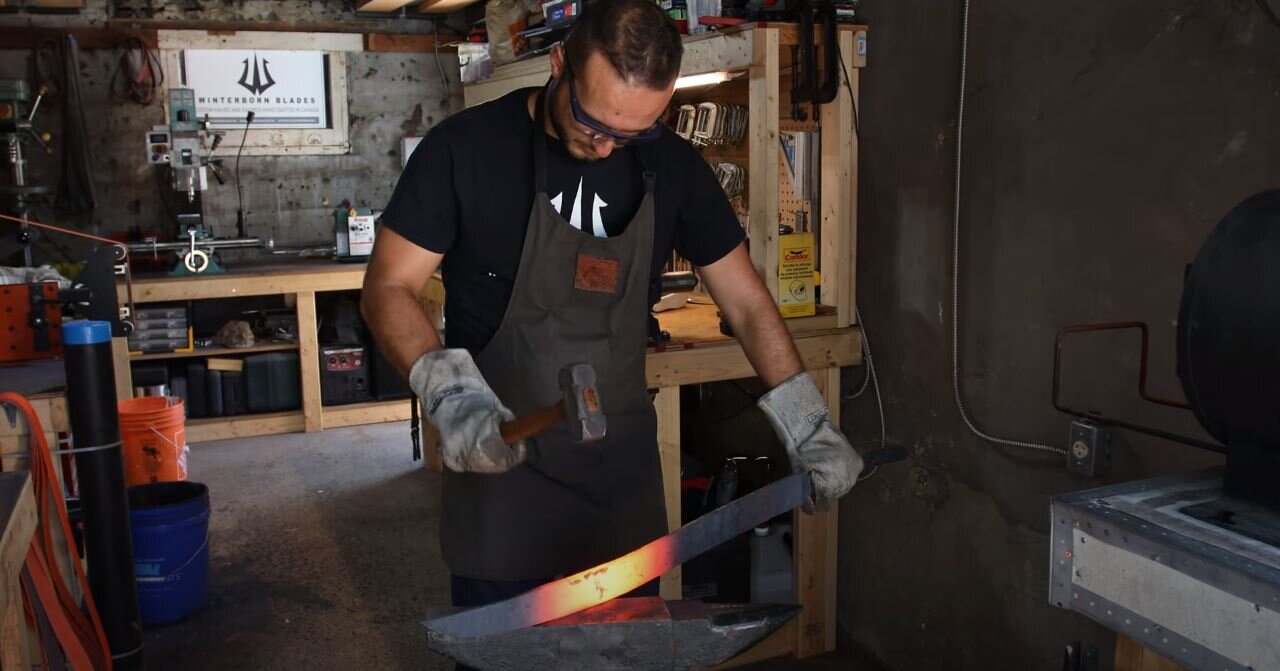
Canadian Made
From the Blade to the Handle.
Winterborn Blades are Handcrafted in Canada.
“Each piece is fully functional, durable, and balanced.”
MATERIAL USED:
Mono steel blades are made from 5160 spring steel.
All pattern welded blades are made from a combination of 1084 and 15N20 high carbon steels.
TWO OPTIONS:
I make my blades using two different methods depending on what the client requests:
#1: FORGING METHOD: more traditional
The first method is forging the blade to shape from a bar of steel and then refining it on the grinder.
#2: STOCK REMOVAL METHOD: more modern
The second is known as the Stock Removal method. This is when the blade is not forged, it is grinded to shape from a bar of steel.
HEAT TREATING:
After the forging and rough grinding process is complete the blade goes through the heat treating process. I begin by relieving the stress in the blade by heating it up to the point it is no longer magnetic and then allow it to air cool. This is known as a normalizing cycle and is repeated three times.
BLADE HARDENING:
The blade is then hardened by heating it to 1525°F and quenching it in preheated oil.
TEMPERING:
The final step is tempering, this will remove the brittleness caused by the hardening process. The blades are put back in the oven at a lower temperature, the temperatures vary depending on the type of steel and the blade’s intended use. Tempering makes the blade flexible and hard enough to withstand impact.
DISTAL TAPERING:
After heat treating the final grinding is done giving the blade a distal taper. This helps with balance and cutting performance.
BALANCING THE BLADE:
There is always a trade-off with balance. The closer the balance point is to the hilt, the faster the recovery when swinging it, but the weaker the cutting power. The farther away from the hilt, the stronger the cut and slower recovery time. A rapier has a balance point very close to the hilt at around 2” because it is primarily a thrusting sword. A longsword usually has a balance point of 4”-5” from the hilt and moves quite nimbly in the hand and is meant for cutting and thrusting. A sword like the Indian Talwar has devastating cutting power and the balance point is between 8”-10” inches but the recovery is much slower. Each sword’s balance is matched with the wielder’s intended purpose.
HAND SANDED:
Then I move on to files and sandpaper. Each piece is hand sanded to a satin finish. This is a lengthy process and many hours are spent here fine tuning the final geometry of the blade.
CUSTOM FITTING CREATION:
Fittings for the blades are then made from mild steel, wrought iron, brass or bronze. They are either forged, grinded and filed to shape or made from a casting process known as Lost Wax Casting. This is when a piece of wax is carved to shape, a mold is made and then a duplicate is cast in the desired metal.
SCABBARD AND GRIP CREATION:
The scabbard and the grip of the blade are made from either exotic woods or kiln dried poplar wrapped in various choices leather. This process is meticulously done to ensure a nice tight fit and that the blade does not rattle when it is in the scabbard.



